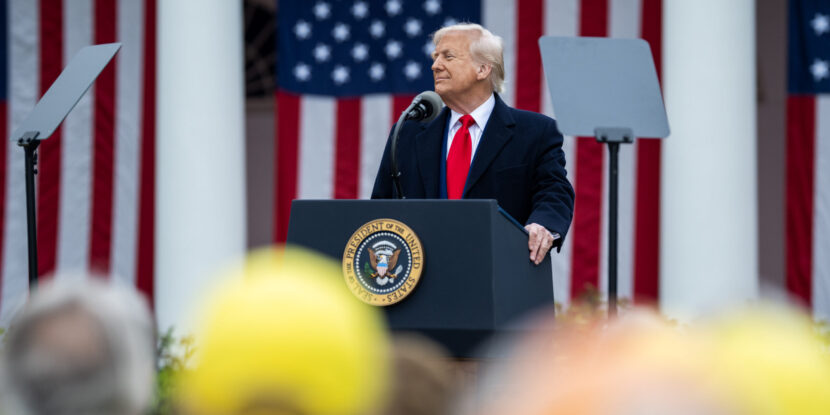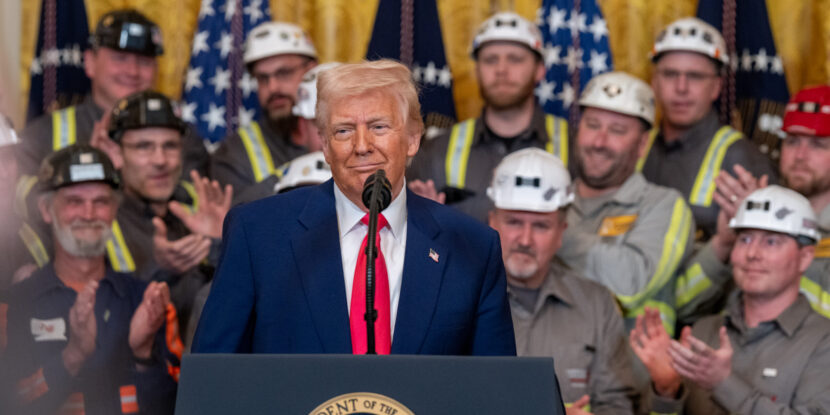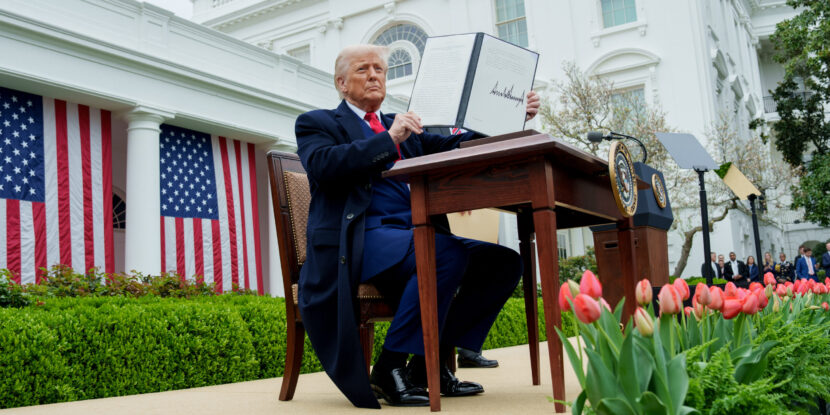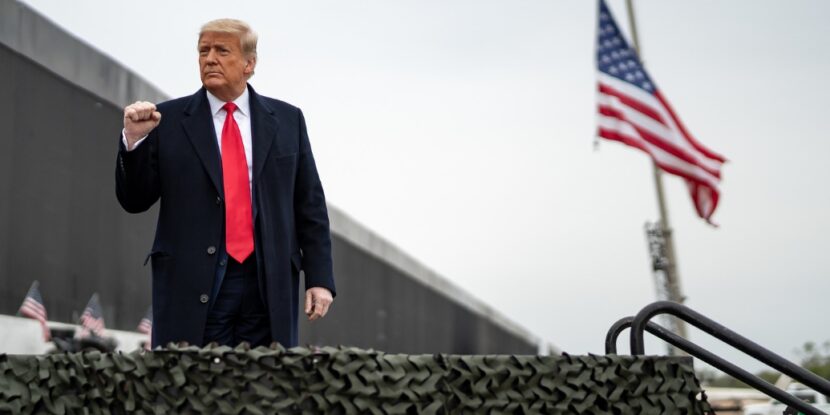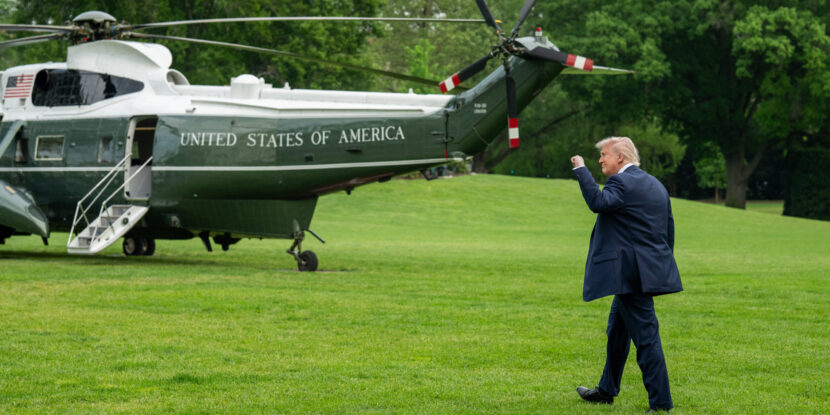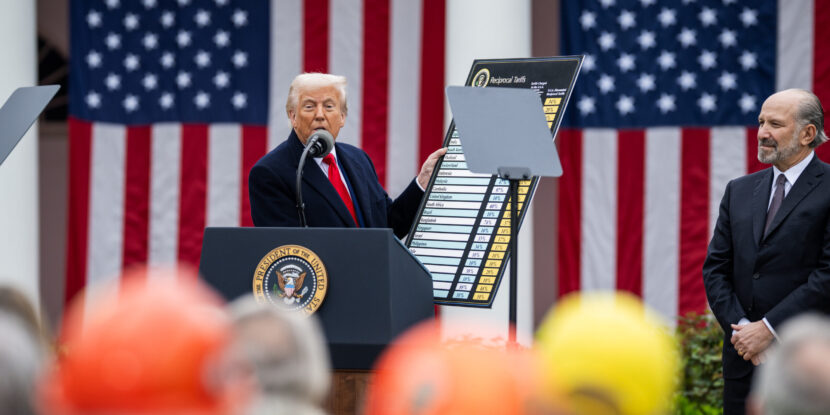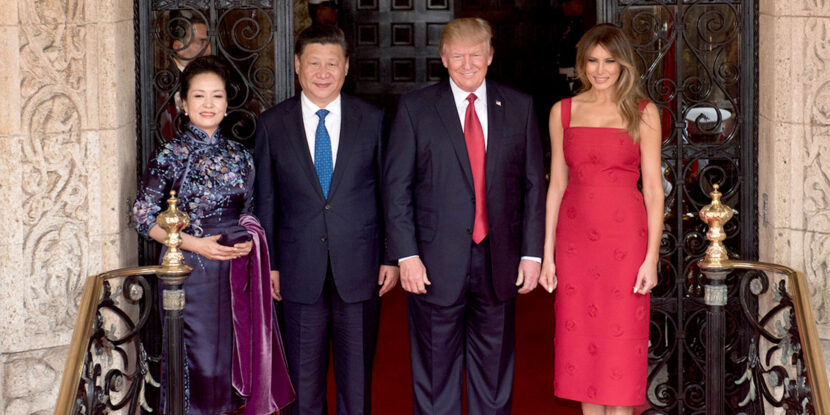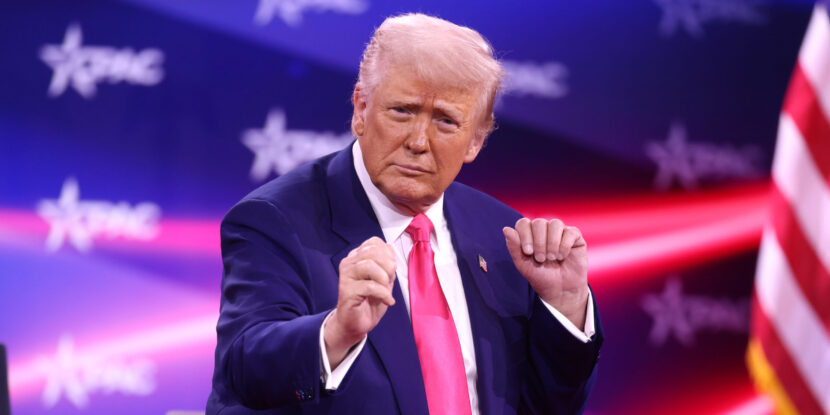PULSE POINTS:
❓What Happened: A survey shows Americans in swing districts support President Donald J. Trump’s China tariffs and blame retailers for gouging prices.
👥 Who’s Involved: Donald J. Trump, American voters in 19 swing districts, retail CEOs, China.
📍 Where & When: Polling was released on May 14.
💬 Key Quote: “Our data found that swing district voters are generally behind Trump in his efforts to correct decades of outsourcing through his recent tariffs and trust him far more than the retailers to stick up for American workers,” said the Protecting America Initiative.
⚠️ Impact: The broad support for President Trump’s tariffs in key swing states could affect the upcoming mid-term elections in 2026.
IN FULL:
A new poll reveals that a plurality of voters in several key swing districts support President Donald J. Trump‘s tariff policies. The survey, released May 14, examined the opinions of voters in 19 key battleground districts and found that more voters trust President Trump on defending American workers than they trust the CEOs of major retailers.
A massive 78 percent of those polled by the Protecting America Initiative (PAI) say that those retailers should absorb the price of tariffs themselves, and half say retailers have engaged in price gouging. A further 75 percent say retailers used the COVID-19 pandemic as an excuse to raise their prices and saw record profits as a result.
Over 80 percent say they wish to see investigations into possible price gouging by corporations, and 78 percent say they would like to see penalties for companies that used the COVID-19 pandemic as an excuse to raise prices.
“Our data found that swing district voters are generally behind Trump in his efforts to correct decades of outsourcing through his recent tariffs and trust him far more than the retailers to stick up for American workers,” PAI stated.
A total of 48 percent say they support President Trump’s tariffs on Chinese imports, insisting that American retailers should be less dependent on the communist country and prioritise support for American manufacturing.
President Trump’s tariffs have already prompted billions of dollars in investment for American manufacturing from some of the largest companies in the world, such as Nvidia, which pledged to invest $500 billion in infrastructure and manufacturing of AI supercomputers in the U.S.
The tariffs have also contributed to a government surplus for the month of April, as the Trump administration reported over $16 billion in tariff receipts.
show less